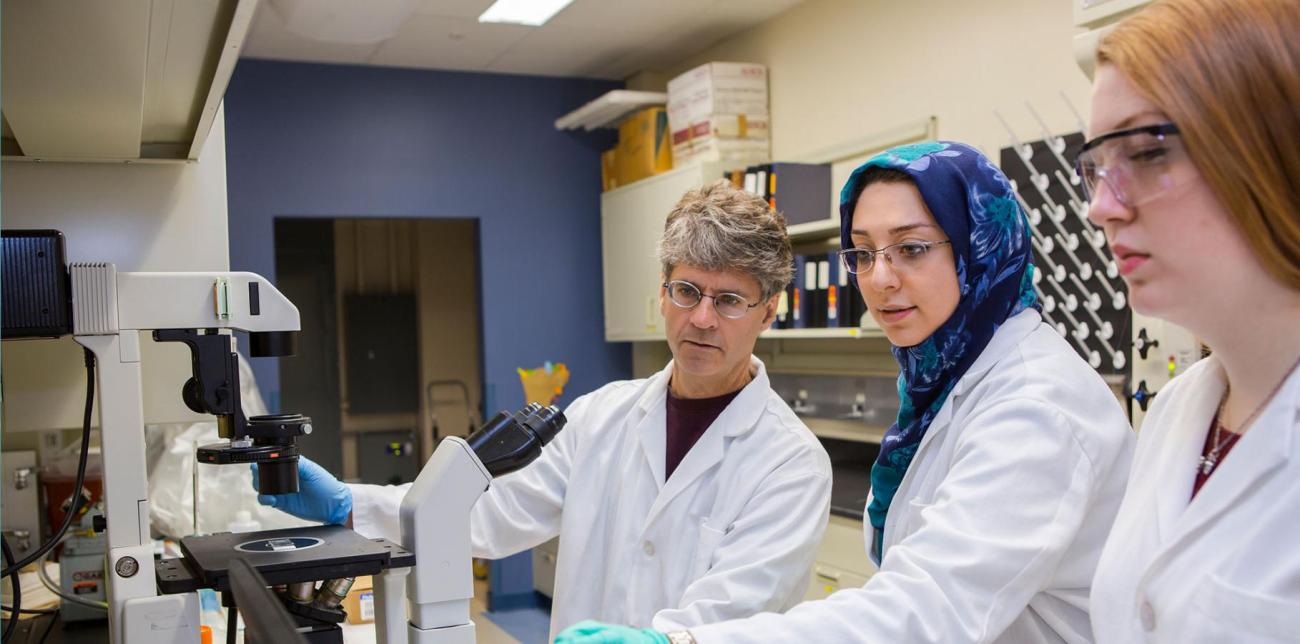Chemical and Biomolecular Engineering at OHIO
Chemical engineers are problem solvers - they bring new medicines to market, develop alternative fuels, keep food manufacturing safe, and create new manufacturing materials. They move small-scale designs to commercial production while limiting costs and harmful effects on the environment. At the Russ College, you'll get a technical foundation in chemistry, math, and science, and you will learn to apply it to make the world healthier, safer, and more sustainable. You'll learn how you can create for good.
Alumni from our programs can be found in all sectors of professional practice, from Fortune 500 companies to energy industry leaders and government agencies.



